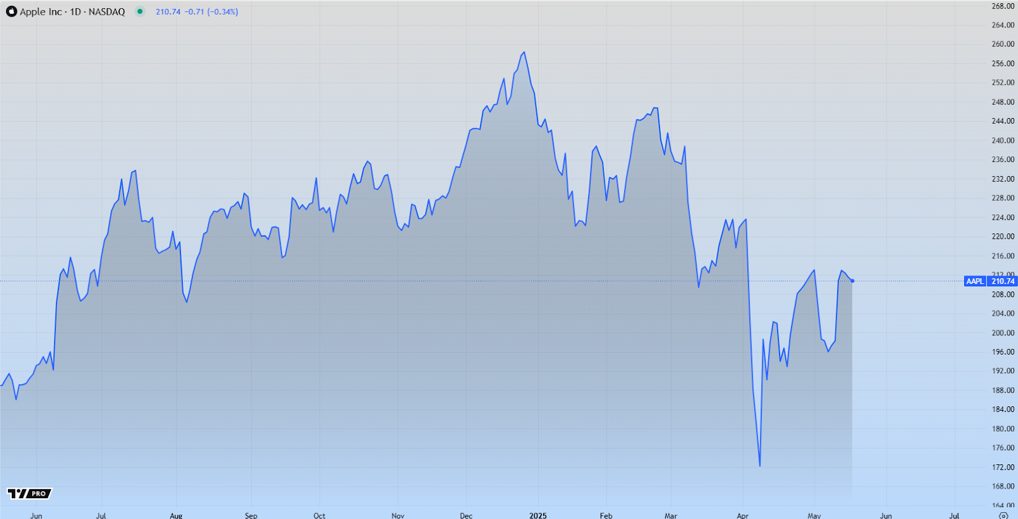Capital investment can mean one of two similar things in business. A capital investment can be money used to buy a fixed asset. For example, if you were going to buy a flatbed truck and a custom tilt trailer hinge, you might consider this a capital investment. Other fixed asset capital investment examples outside of vehicles and similar equipment are buildings, land and machinery.
A capital investment can also be used as a reference to money invested in your business, with the underlying assumption the money will be used to buy fixed assets. Buying assets is in contrast to the funds used to cover day-to-day operations.
A business might require a capital investment in the form of debt financing to purchase more capital assets, for example.

Key Reasons for Capital Investments
There are generally three key reasons for capital investments.
One is to acquire assets for expansion. You might purchase assets that will let you add new products or services to your offerings or increase your production levels.
A second main reason for capital investments is to utilize the newest advances in technology as far as machinery or equipment, which would reduce your operational costs and improve your efficiency.
A third reason is to replace assets that have come to the end of their life. A delivery vehicle with a high number of miles might be an example.
How Does a Capital Investment Work?
A capital investment can come from an individual, a financial institution, or a venture capital group.
In these cases, you receive a sum of money for your business that’s in the form of a loan, or maybe in return for your business promising to repay a share of your profits in the future.
Another example of a way a capital investment could work is if the executives of a business make an investment. They would buy long-term physical assets to facilitate growth.
A larger and more established company might make a capital investment with its own cash, along with the option of getting a loan from a bank. For public companies, bonds might be issued to finance capital investment.
A capital investment doesn’t mean there’s any minimum or maximum amount tied to it.
Regardless of the amount, capital investment is part of a long-term growth strategy.
A company might make these investments for some of the reasons touched on above, such as generating more revenue, improving their capacity to operate, or getting more market share.
Where Does Funding Come From?
A bit of this has already been mentioned, but it’s worth going more into the specifics of where funding for capital investments comes from.
Personal assets are one option. Personal assets are the assets of the business owner. For example, a business owner who needs $100,000 to invest in new equipment might use their own cash to do so.
By using their own money, a business owner retains complete company ownership. The business owner would need to loan money to the business and then pay it back over time.
You can secure capital investments from friends and family, although this is probably the least preferred route for many business owners because of the personal complications it can create.
Commonly used are banks and SBA lenders. Many financial institutions have programs specifically geared toward the capital investment needs of small businesses.
You might qualify for an SBA loan if you’re going to purchase real property or machinery.
Crowdfunding is a way to get money from the public to launch a new product or part of your business.
Then, there are professional investors such as angel investors or venture capitalists.
The types of capital funding, regardless of the source, usually fall into one of three categories: debt financing, equity financing, and lease financing.
Debt financing relates to getting a loan. Equity financing might be what happens if you secure a capital investment from an angel investor, for example. That person might then get some ownership in the company in exchange for their investment.
With lease financing, which is used for operational assets such as vehicles, machinery and equipment, you lease them so that you can avoid the downfall of depreciation. You can grow your business faster with less capital investment and get new machinery as needed or available.
Overall, capital investment tends to be geared more toward long-term business needs than short-term needs. Capital investment is driven by the concept of growth. It’s all about getting the resources you need for sustainable growth. It’s not the same as looking for capital to keep a business afloat.





